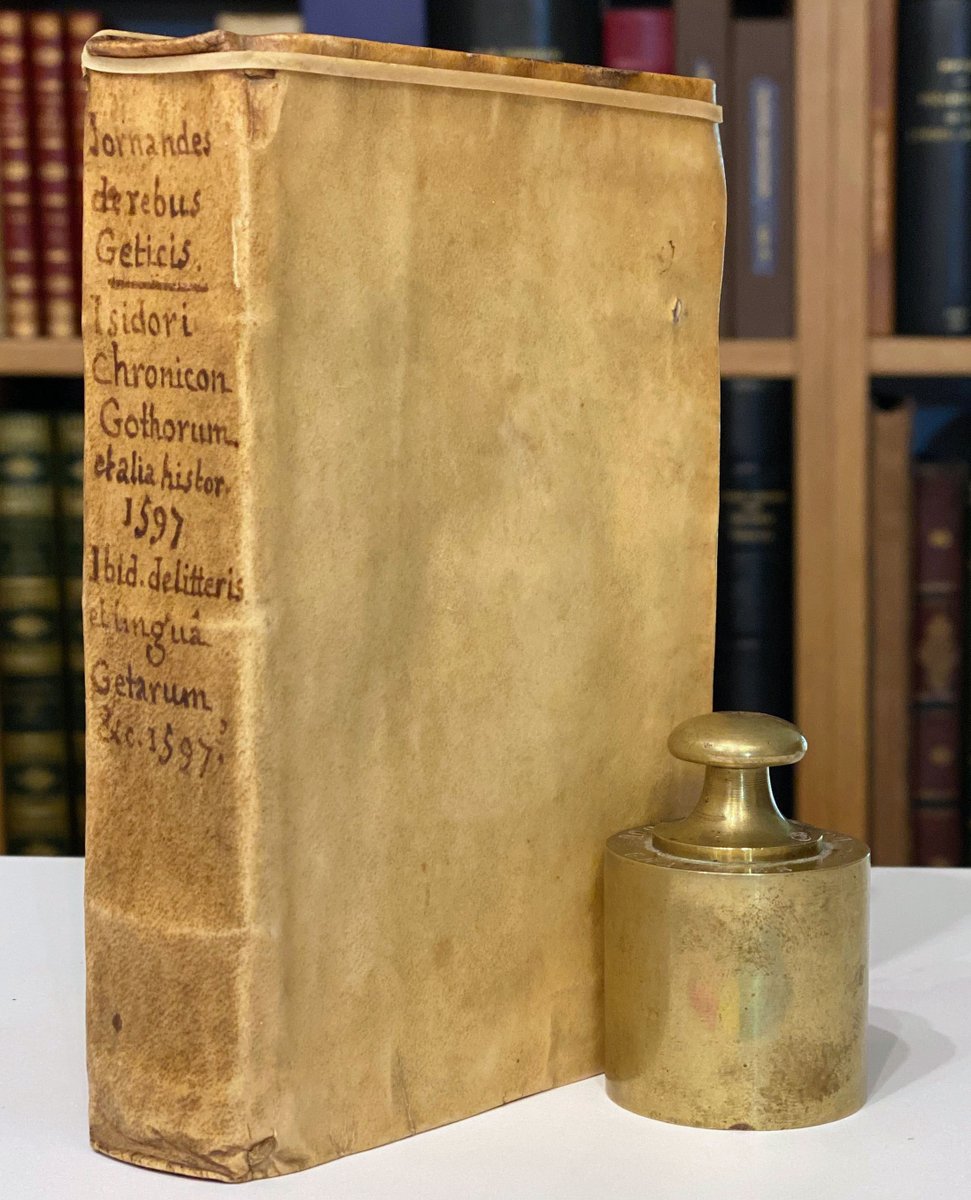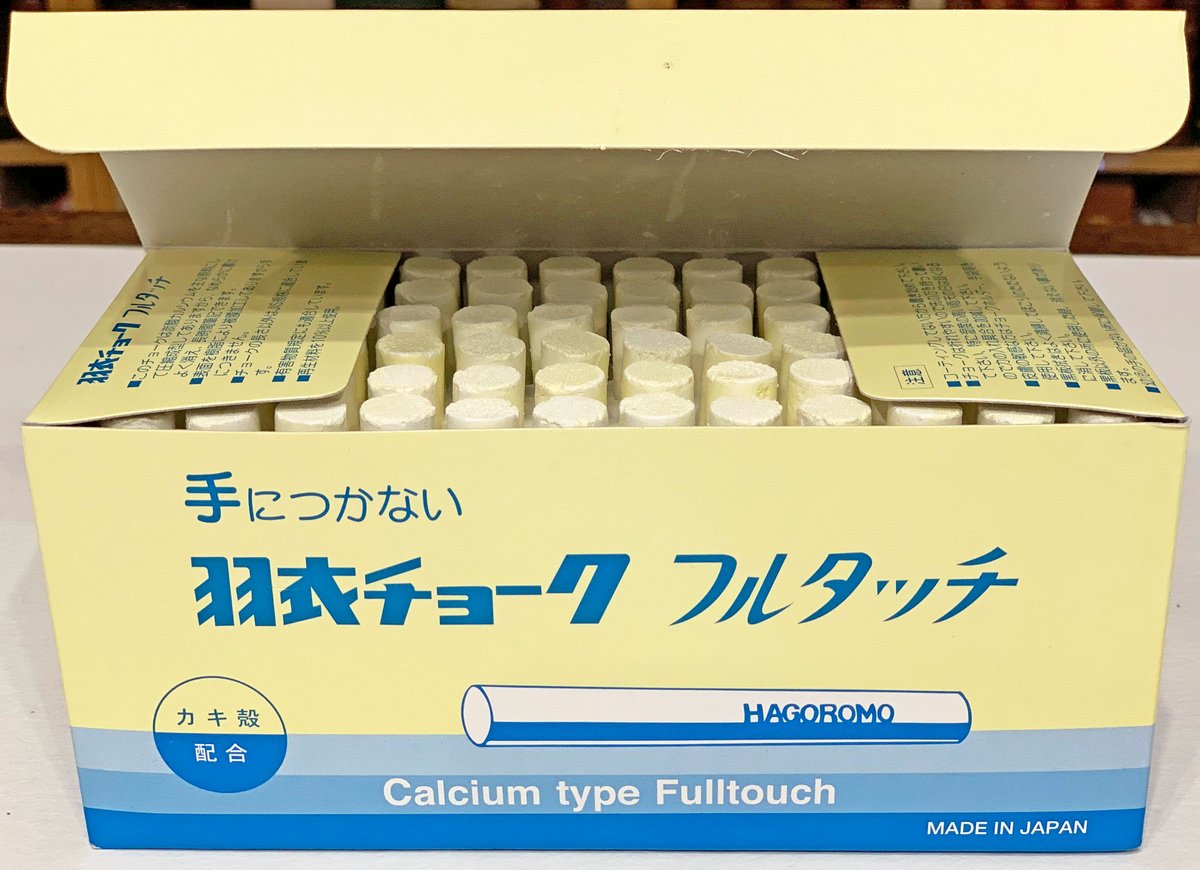
"Cut off from the world by military clashes, the fate of the Abba Garima monastery and its spectacular Garima Gospels is still unknown. But the area around the monastery is controlled by soldiers who have looted systematically since the start of the war."
theglobeandmail.com/world/article-…
theglobeandmail.com/world/article-…
The Garima Gospels are a two volume Ethiopian Gospel Book dating to the 5th century. Garima 2, the earlier of the two, is believed to be the earliest surviving complete illuminated Christian manuscript - an incomparably important heritage for Ethiopia, Africa and all humanity. 

The abbott and a monk at the Abba Garima Monastery near Adwa examining the Garima Gospels, thought to be the oldest surviving illuminated Christian manuscript. Local tradition holds that this codex was written before the year 500, a date supported by recent radiocarbon analysis. 

In 2006 the Ethiopian Heritage Fund arranged a visit to Abba Garima by the conservation bookbinder Lester Capon, who was able to make some much needed repairs to the two codices on site. He wrote a fascinating account of his visit, which you can read here:
hewit.com/skin_deep/?vol…

hewit.com/skin_deep/?vol…


The Abba Garima Monastery, where the Garima Gospels are held, is so remote and isolated, that even the normally infallible Google Maps service is not sure where exactly it is. 

I wonder if there's another inhabited site of such world historical cultural importance, whose precise location cannot be determined by Google Maps? [The possibility also exists that this lack of precise information is deliberate, and intended as a protective security measure.] 

• • •
Missing some Tweet in this thread? You can try to
force a refresh





























